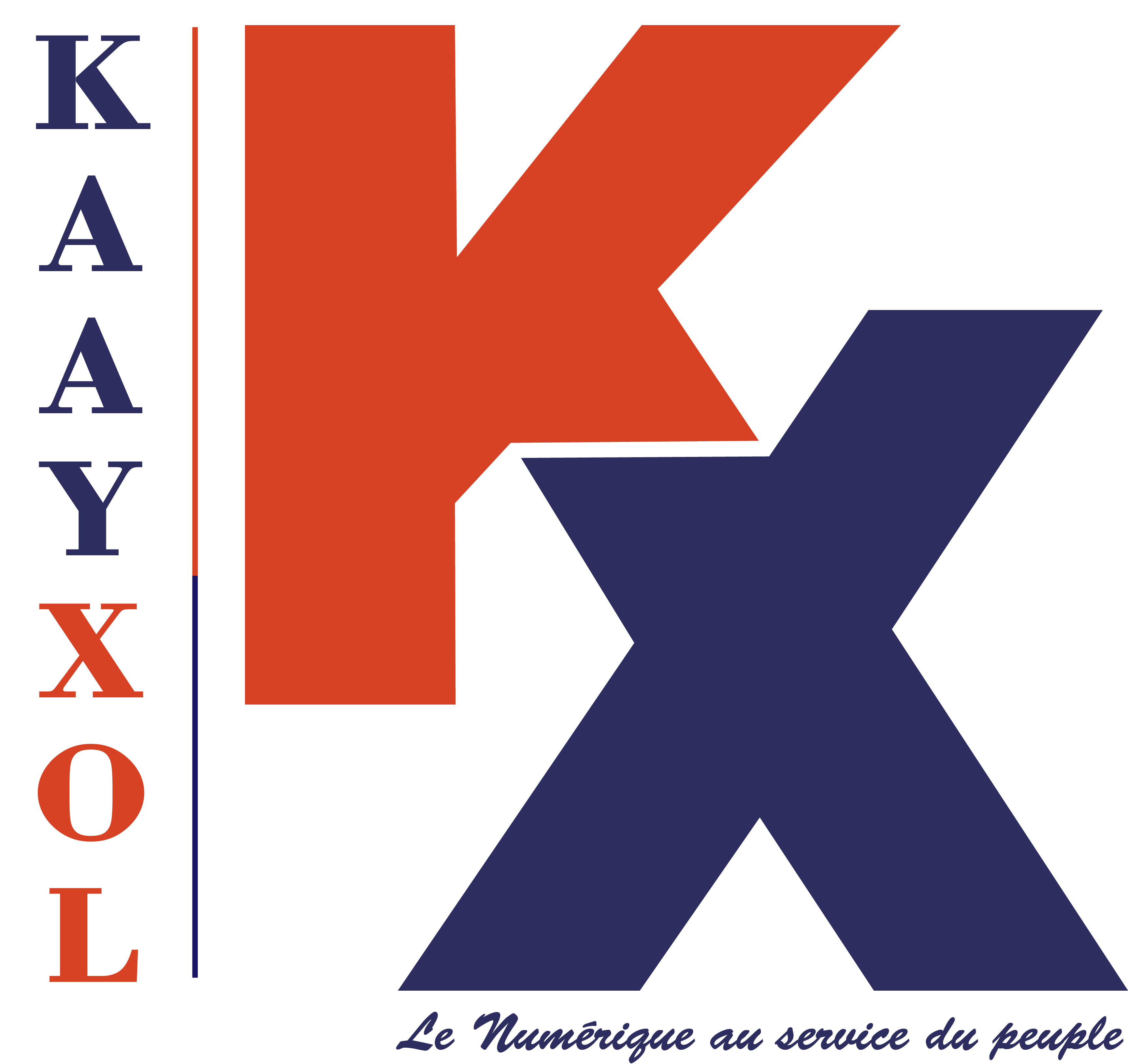Notifications
Posted by - Support KAAYXOL -
on - 12 hours ago -
Filed in - Technology -
-
11 Views - 0 Comments - 0 Likes - 0 Reviews

Xiaomi has launched its highest-end tablet ever. The Pad 7 Ultra is aimed squarely at the Galaxy Tab S10 Ultra with its 14-inch OLED screen, flagship-grade in-house chip, and a massive battery. And like Samsung's flagship tablet, it comes in a 16GB RAM + 1TB variant as well.
So, what else does the Pad 7 Ultra bring to the table and how does it compare to the Galaxy Tab S10 Ultra's specifications?


The Pad 7 Ultra features a 14-inch OLED screen with 12-bit colors, a 2,136 x 3,200 pixels resolution (275ppi), a 120Hz refresh rate, and Gorilla Glass 5 protection. It is slightly sharper than the Galaxy Tab S10 Ultra's 14.6-inch 120Hz OLED screen with a pixel density of 239ppi and an 8-bit panel.
Xiaomi's new tablet has a nano-texture glass covering the screen to reduce glare and reflections, similar to the Samsung tablet's anti-reflective coating. However, the nano-texture glass is optional and costs extra. It features both Dolby Vision and HDR10+, while the Galaxy Tab S10 Ultra only features HDR10+. It also features PWM dimming, which is better for those who have a rare sensitivity to screen flickering.
Both tablets are compatible with active styli with magnetic wireless charging. However, the Galaxy Tab S10 Ultra comes with a bundled S Pen stylus, whereas the Xiaomi Pad 7 Ultra stylus comes as an optional accessory that costs extra.
Xiaomi's tablet has a total of eight speakers instead of four on the Galaxy Tab S10 Ultra, but both support Dolby Atmos audio. It remains to be seen how they compete against each other. Both tablets lack a 3.5mm headphone jack, though.

The Pad 7 Ultra features the company's first flagship in-house chip called the XRING O1. It is a 3nm chip with a deca-core CPU and Arm Immortalis-G925 GPU. Its performance has been found to be similar to that of the Snapdragon 8 Elite. It is more powerful than the Dimensity 9300+ chip used in the Galaxy Tab S10 Ultra.
Xiaomi's tablet features 12GB/16GB RAM and 256GB/512GB/1TB storage, similar to the Galaxy Tab S10 Ultra's memory options. The Galaxy Tab S10 Ultra features a microSD card slot, though, which is an added bonus for those who want easier file backup and transfers.
The Pad 7 Ultra has a 12,000mAh battery with 120W fast charging. While the battery capacity is just 7% higher than Samsung's device, its charging speed is a lot faster compared to the Galaxy Tab S10 Ultra's 45W charging.
There is a 50MP camera with 4K 60fps video recording on the back of the Pad 7 Ultra. The one on the Galaxy Tab S10 Ultra's back is a 13MP camera with 4K 30fps video recording. Samsung's tablet also features an additional 8MP ultrawide camera, which could be useful for some.
The 32MP front-facing camera on the Xiaomi Pad 7 Ultra uses a smaller sensor and it only supports up to 1080p 30fps video recording. The 12MP+12MP dual-camera setup on the front of the Galaxy Tab S10 Ultra is clearly superior, as it offers a bigger wide-angle sensor and 4K 30fps video recording.
Both tablets use an aluminum frame and back, but the Galaxy Tab S10 Ultra and its S Pen feature an IP68 rating for dust and water resistance, which is missing in Xiaomi's tablet. The Samsung device has an in-display fingerprint reader, while the Pad 7 Ultra has a side-mounted fingerprint reader.
Both devices have Wi-Fi 7, Bluetooth, and a USB 3.2 Type-C port. The Pad 7 Ultra has a newer version of Bluetooth (v5.4), NFC, and an IR port, which as added extras. Samsung's tablet has a cellular connectivity, though, an important feature that is missing on Xiaomi's flagship tablet.
Xiaomi's first Ultra tablet costs CNY 5,700 ($800) for the 256GB version and goes up to CNY 6,800 ($950) for the 1TB version (without nano-texture screen). It undercuts the Galaxy Tab S10 Ultra by at least $200 going by MSRP prices in China.
However, we need to remember that prices in China are always lower, and whenever a device from a Chinese brand is launched in Europe or the USA, prices increase drastically. So, we won't be surprised if the prices of these tablets match if and when the Xiaomi Pad 7 Ultra is launched in the western markets. But, it looks like the tablet won't be launched in the USA at all.
The post Xiaomi launches Galaxy Tab S10 Ultra rival with flagship in-house chip appeared first on SamMobile.

